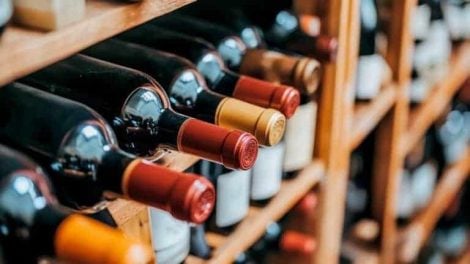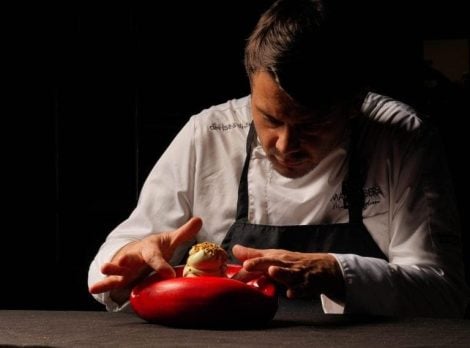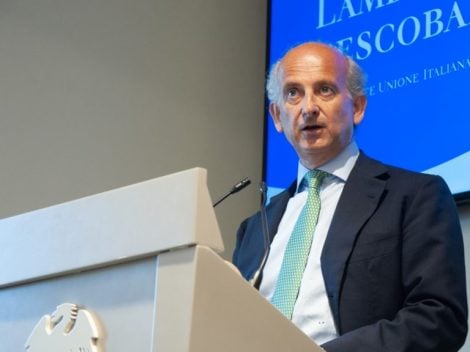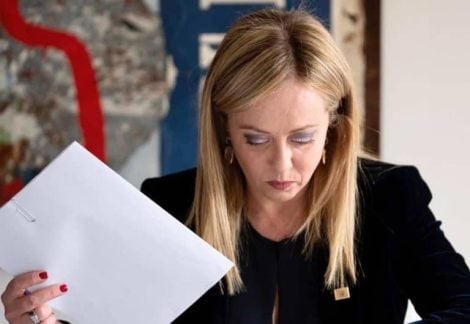It's not just about sparkling wines. There’s another segment with which Italy is gaining ground overseas at the expense of its competitors: high-end wines, meaning red wine labels priced at $50 and above (distribution price). According to the analysis by the Uiv-Vinitaly Observatory on August SipSource data, sales in this segment grew in value by 3% between January and August. A small increase, but one that is noteworthy, especially considering the overall performance of luxury products at -7%, with the French even at -16%, and Americans in line with the market average.
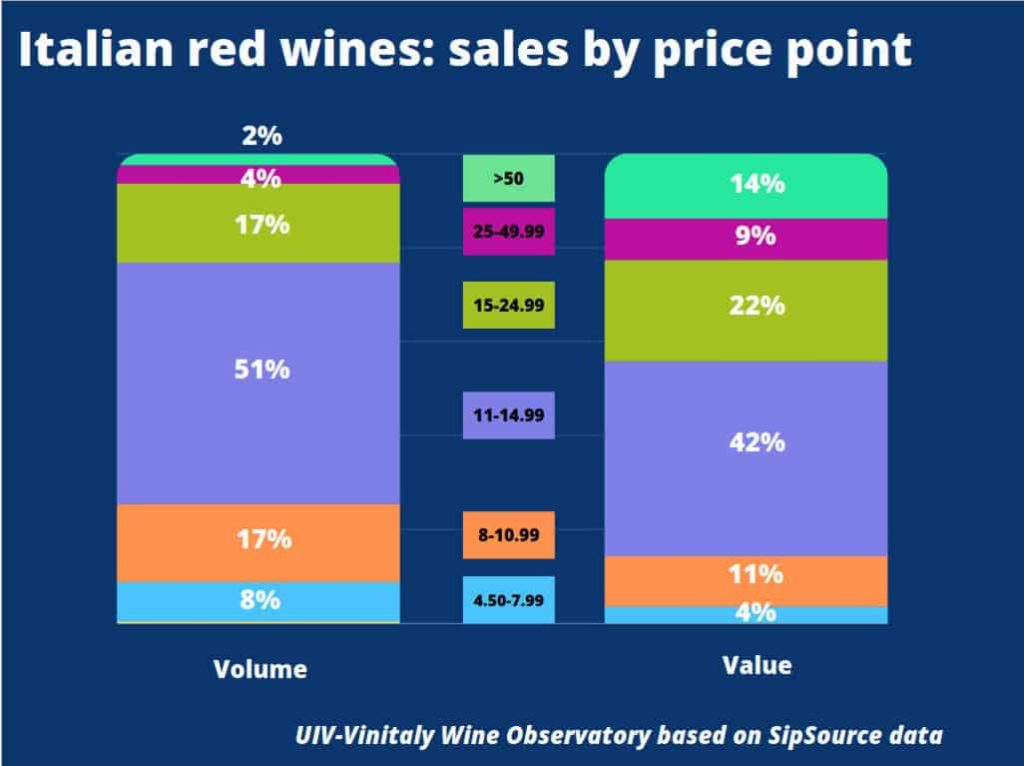
Italian red wines in the US: market share by price range
A niche that, in volume, accounts for 2% of the share
It goes without saying that we are talking – at least in terms of volume – about a tiny share of 2% of tricolour red wine sales, but this represents 14% of the value of Italian red wines in the US. This slice of the market rises to 23% if we include super-premium reds (priced between $24 and $50), accounting for only 6% of sales in terms of volume. “Italy,” said Lamberto Frescobaldi, president of the Italian Wine Union, during the first Vinitaly USA, “can rely on the strength of territorial brands that are now recognised as iconic by American enthusiasts on the one hand, and on the other, the experience of American tourists in Italy, which increasingly fosters loyalty once they return home.”
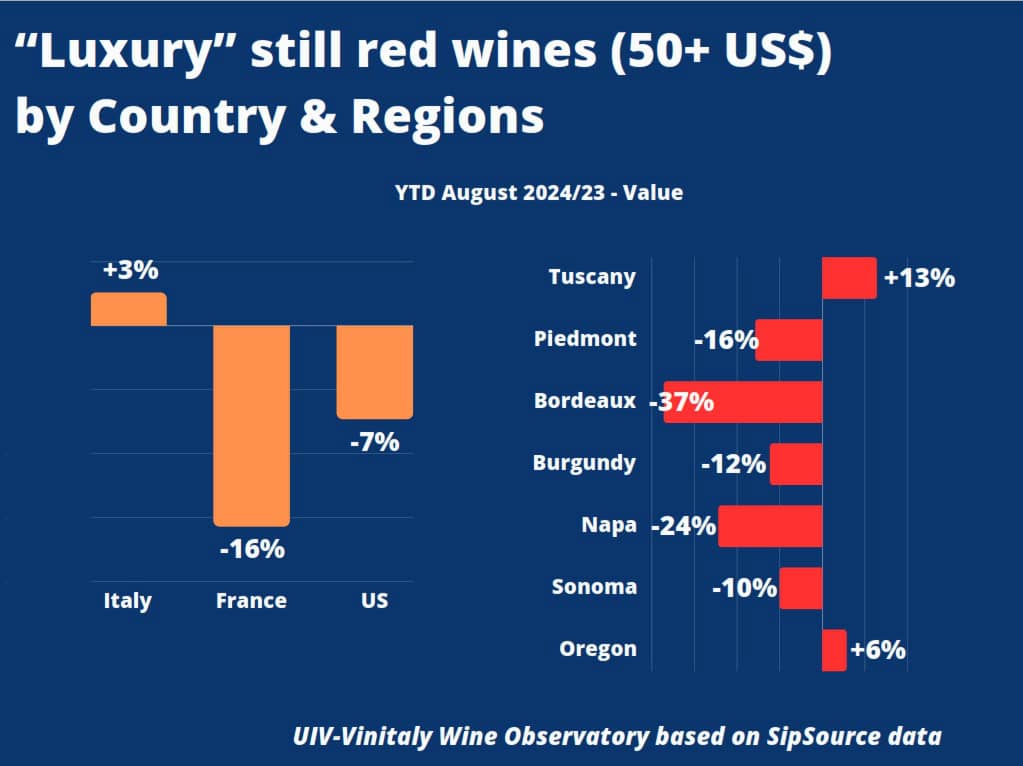
Luxury red wines in the US: sales (by value) January-August 2024/2023
Tuscany's great reds at +13%
But which are the best-performing appellations? For the most part, they are found in a single region, Tuscany, which alone holds almost half (45.5%) of the US market for high-end Italian red wines, having grown by 13% between January and August this year. At the top is Brunello di Montalcino, the leading appellation with a 32% share of the luxury red market. It is followed by Bolgheri (11.5%) and Chianti Classico (2%). Among the noble wines from Piedmont, Barolo ranks second overall with 16%, while Barbaresco (4%) is off the podium, one step below Bolgheri Superiore (7%). The rise of Italian appellations goes hand in hand with the decline of other prestigious wine regions, notably Bordeaux (-37%), Burgundy (-12%), and Napa Valley (-24%).

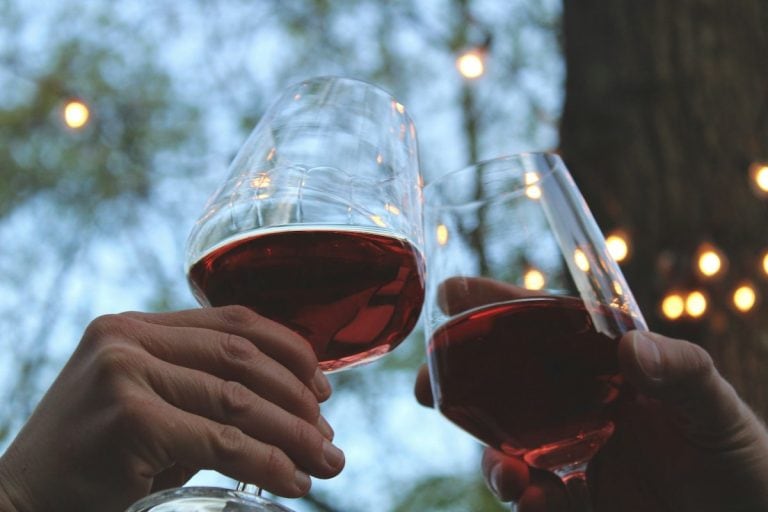
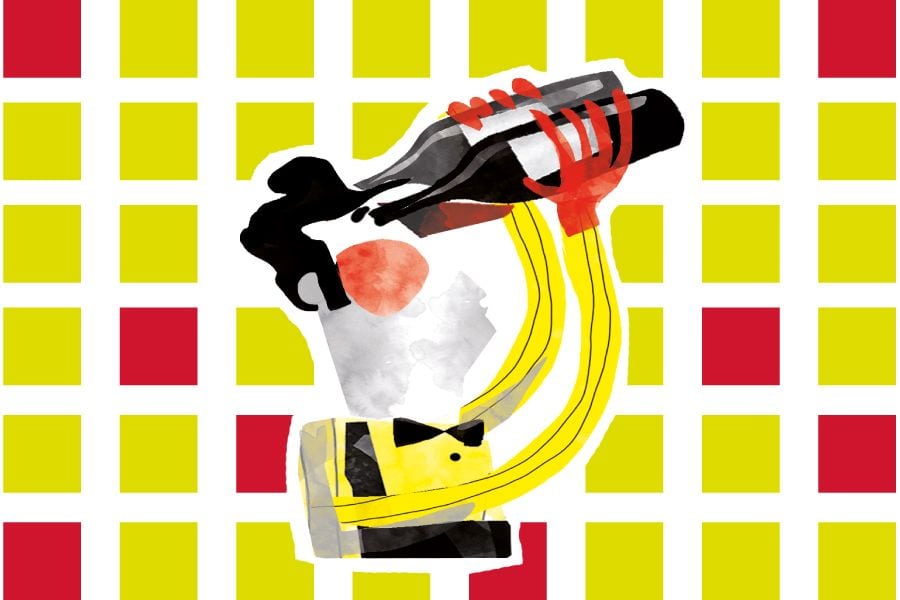 For the first time, Vini Rari arrive at Vinitaly 2025. Here's what they are
For the first time, Vini Rari arrive at Vinitaly 2025. Here's what they are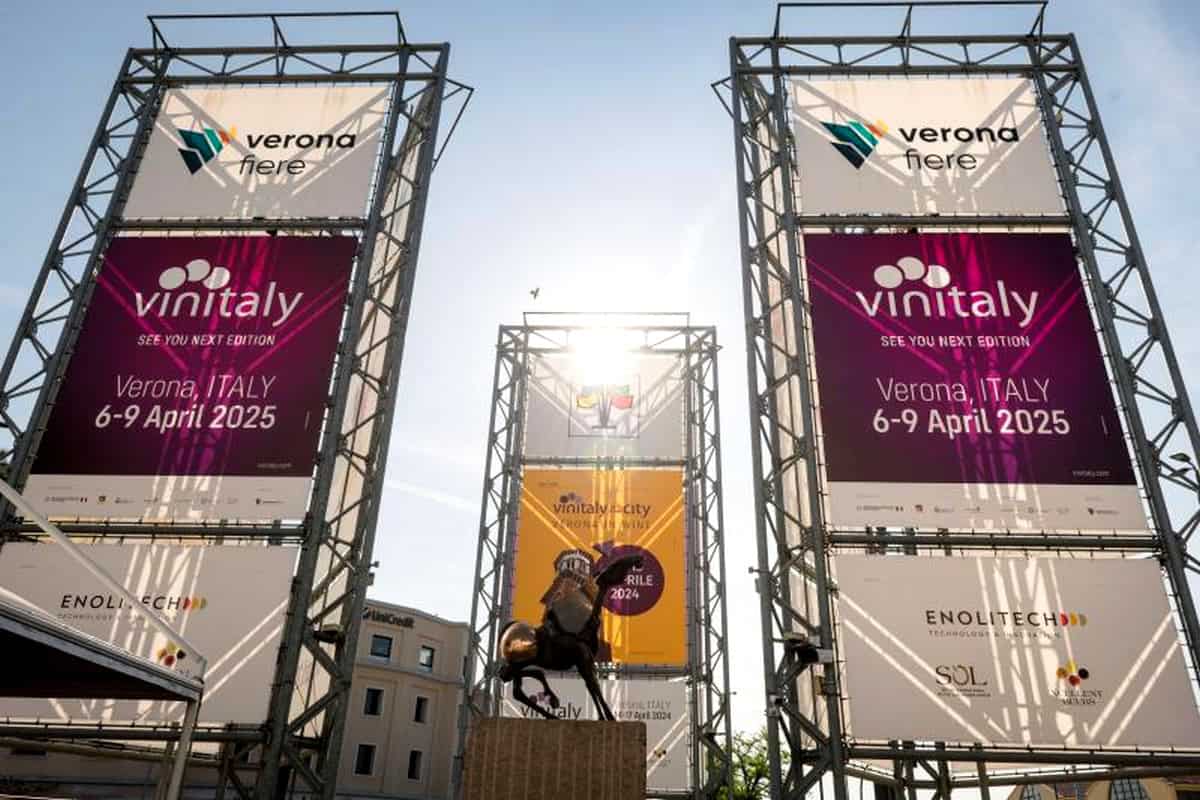 Here are all the events to watch out for at Vinitaly 2025
Here are all the events to watch out for at Vinitaly 2025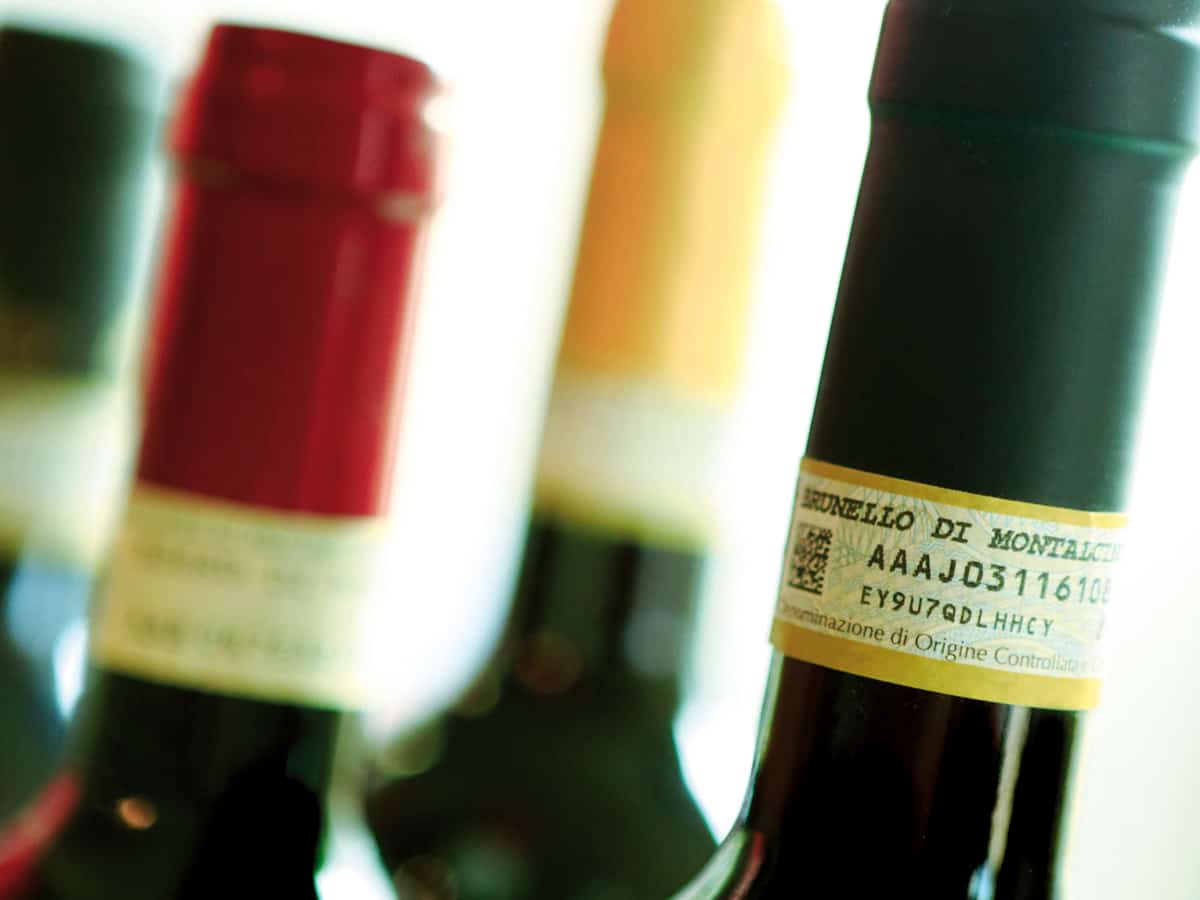 The tricolour arrives on DOC and DOCG wines. Lollobrigida: "This is how we promote Italian identity"
The tricolour arrives on DOC and DOCG wines. Lollobrigida: "This is how we promote Italian identity"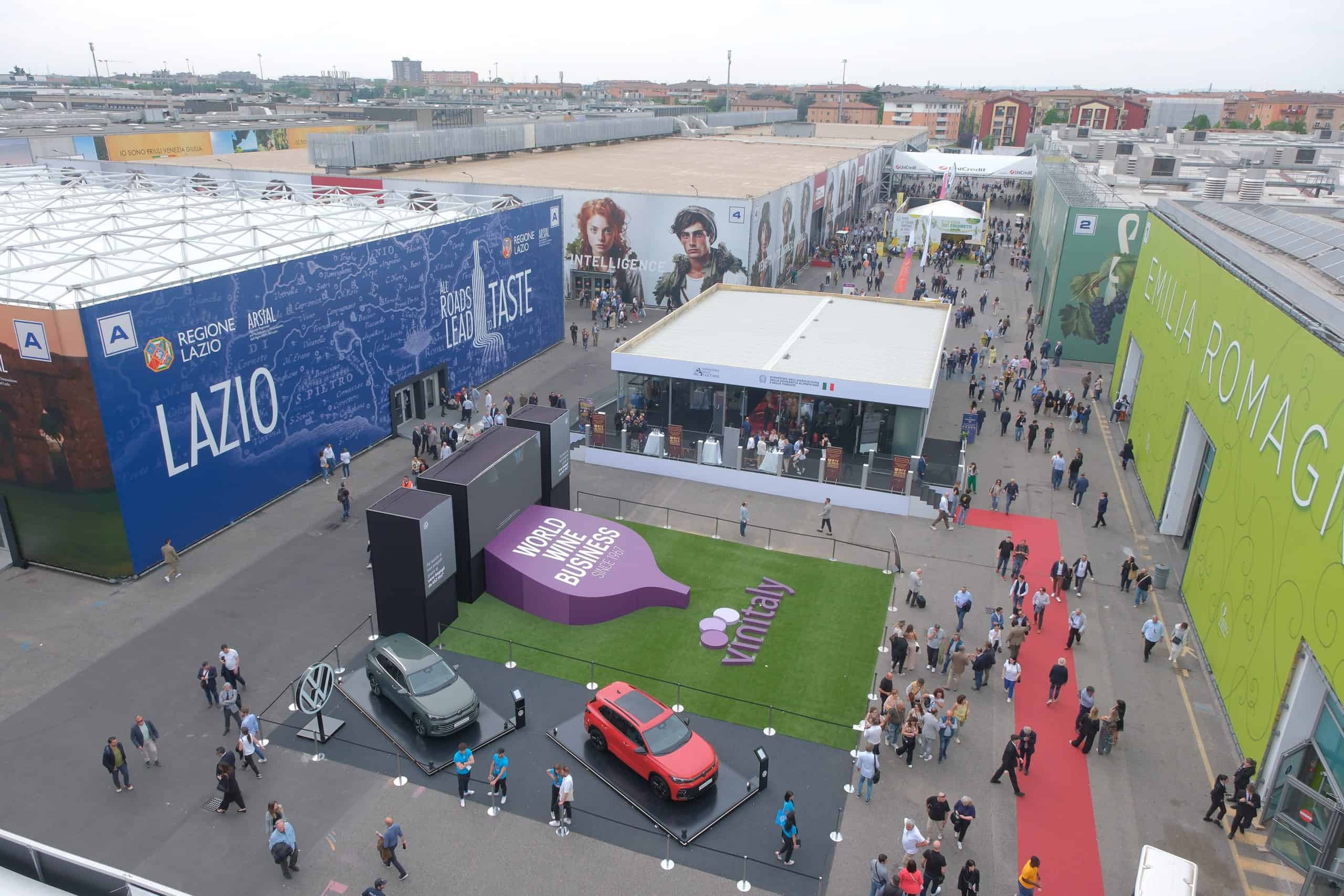 Ten tastings not to miss at Vinitaly 2025: from “new” Barolos to vegan wines, Chianti Classico to skin-contact wines
Ten tastings not to miss at Vinitaly 2025: from “new” Barolos to vegan wines, Chianti Classico to skin-contact wines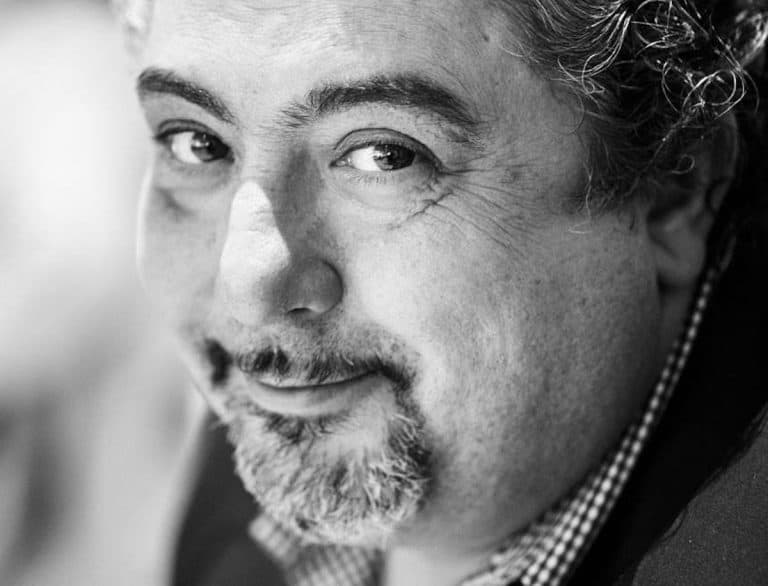 Farewell cacio e pepe in New York. "With tariffs, Pecorino Romano will also become more expensive." The warning from Giuseppe Di Martino
Farewell cacio e pepe in New York. "With tariffs, Pecorino Romano will also become more expensive." The warning from Giuseppe Di Martino
